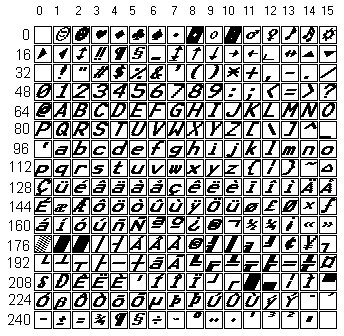

Legal Advice: An accident involving seasonal workers – what are the legal implications for my farm?ĭistribution of the net proceeds is then made to those who hold shares. Once the Grant has issued, the appropriate Deed of Ascent needs to be prepared to vest the property in the relevant beneficiaries’ names. If they did not leave a will, it would pass according to the rules of intestacy.įor example, if your sibling was married with children, it would pass to his or her spouse in a two-third share and pass to his or her child or children in a one-third share. In each case of a sibling passing away, if your sibling left a will it would pass to whomever they nominated to give the property to. In the case of a tenancy in common, the co-owner that dies can leave their share to another person under their will, or their next of kin on intestacy. The estates of your siblings that have passed away will need to be dealt with, ie, a Grant of Administration Intestate or a Grant of Probate is required, whichever is appropriate. The more people who own property together, the more room there is for disagreement and the more work there is in making sure the title is brought up to date such that any deaths of owners on title are noted and dealt with and the Land Registry Folio amended. My surviving siblings and I are thinking of selling the property in the future, but I understand that we cannot do so until the title is brought up to date. He willed his share of the property to a friend and was estranged from the family. The third sibling who passed away was unmarried with no children. try reasonable combinations of text sizing and page zooming in a variety of browsers to ensure the text remains readable.I am not sure if my two siblings who passed away left wills or not.


Just to complicate matters further, Internet Explorer does not allow text resizing on elements which have a font size defined in pixels (px). allow both text sizing and page zooming.zoom the page in or out so all the text and graphics change accordingly, or.increase or decrease the base text size (image dimensions are not changed).This is where additional complexity creeps in. 50% is shorter than 0.5em and 1em is shorter than 100%. If you want to save every byte, you could choose the shortest definition, i.e. Some browsers exhibit subtle differences but it’s rarely a major problem. Percentage and ’em’ sizes are equivalent, e.g. ex: 1ex is equivalent to the height of the letter ‘x’ in the current font.įew developers use ‘ex’, but it can be useful in some situations where you need fine-grained font sizes, e.g.%: 100% is equivalent to the current font size, so 200% is twice as large.em: 1em is equivalent to the current font size, so 2em is twice as large.The font-size property can be assigned a unit that it relative to its parent’s font size:

Pixel appears to be the most suitable, but it can lead to accessibility issues because the text cannot be resized in IE. Points and picas are unreliable since systems can use different dpi settings. Millimeters, centimeters and inches are inaccurate for a screen-based medium. In general, there are issues with all these measurement units. pt: point, where 1pt is generally assumed to be 1/72 inch e.g.The font-size property can be assigned an absolute length:


 0 kommentar(er)
0 kommentar(er)
